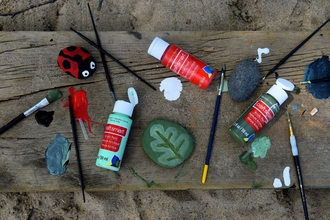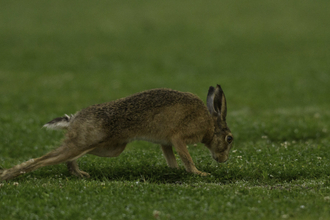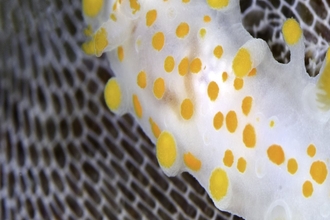We have been growing vegetables on our allotment for over one year. Allotments can be great places to see wildlife! Our allotment uses peat-free compost and manure from horses in the field next door, which brings in the worms, which brings in blackbirds, which brings in birds of prey. We have found piles of blood and feathers where a sparrowhawk had a dinner of blackbird!
When we first got the allotment there were a lot of brambles. I liked to pick and eat the blackberries. They also feed a lot of insects. I saw a lot of blue-bottled flies on the gone-over blackberries.



